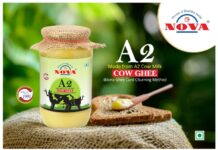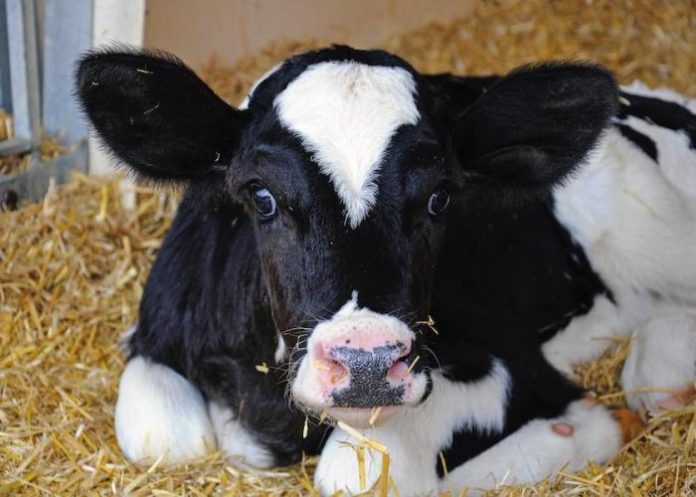New Delhi, April 06, 2021: Using pain management tools to support calves during dehorning has been shown to reduce stress, promote comfort, and – in some cases – support growth and weight gain for treated animals.
Dr. Hans Coetzee, Head of the Department of Anatomy and Physiology at the Kansas State University College of Veterinary Medicine, has devoted extensive study and education to the subject of pain management in food animals.
In a recent podcast hosted by the American Association of Bovine Practitioners, Coetzee noted that dehorning is one of the major areas of consumer concern relative to the perceived humane treatment of cattle. And he said it has been well-established through research that dehorning is, indeed, a painful procedure.
He said when veterinarians and their dairy clients approach dehorning, they should consider the “4 S’s” of livestock pain management:
Suppress – Make changes so the painful procedure is no longer necessary. In the case of dehorning, adoption of polled genetics will eventually make dehorning obsolete.
Substitute – Refine the way the procedure is performed to reduce pain. For horn removal, use disbudding versus dehorning by performing the procedure at a younger age before the horn bud has attached to the underlying bone. Changing calf handling techniques and providing proper restraint also can reduce stress and pain.
Soothe – Use analgesics to reduce pain before the procedure starts. Administering a local cornual nerve block with lidocaine before dehorning will help reduce pain caused by the procedure.
Supplement – Back up the initial pain mitigation with a longer-acting analgesic. Veterinary-prescribed meloxicam given at the time of dehorning in addition to lidocaine will minimize the chronic inflammatory pain caused by the procedure for at least 48 hours. Together, they help control different parts of the pain pathway.
Coetzee noted there are extremely limited FDA-approved drug options for pain management available in the United States. Both lidocaine and meloxicam only can be administered on prescription by a licensed veterinarian, following guidelines allowed under Extra-Label Drug Use (ELDU) by the Animal Medicinal Drug Use Clarification Act (AMDUCA). The prescribing veterinarian always should specify meat and milk withdrawal times for medications prescribed under ELDU.
This helpful bulletin from Michigan State University demonstrates administration of a lidocaine block prior to dehorning, which can be taught by an experienced veterinarian. Meloxicam is easily administered by dissolving a single table in the calf’s milk the day of the procedure. At a cost of less than 20 cents per calf, meloxicam also is highly affordable according to the reports published in dairyherd.com.
Providing analgesics in dehorning is considered a standard of care in the American Association of Bovine Practitioners’ Dehorning Guidelines, as well as Dehorning Recommendations in the National Dairy FARM program.
Coetzee credited veterinary schools for placing more focus on pain management in food animals over approximately the past decade. He said that emphasis has produced a generation of recent veterinary school graduates who are driving adoption of the practice throughout the industry.
“In addition to dehorning and castration, researchers now are exploring pain management in other standard aspects of cattle production, like calving,” said Coetzee. “It is fundamentally important to address pain for the animal’s benefit, production efficiency, and maintaining the confidence of the consumer.”





























